One of the simplest – and most important – things you can do to keep your tyres in good shape is to make sure that they are correctly inflated. Failure to maintain correct tyre pressures may result in fast and uneven treadwear, improper vehicle handling, and excessive heat build-up, resulting in tyre failure.
Regular Tyre Pressure Checks
You should check your tyre’s pressure at least once a month, before each trip, and each morning you drive during a trip. Ideally, tyre pressure should be measured when tyres are cold, that is, before doing any driving on tyres. Only “bleed” or reduce air pressure from a hot tyre when you need to lower pressures to drive on particular terrain but remember to re-inflate your tyres when you reach your destination or return to terrain that requires higher pressure.
Measuring Tyre Pressure
It’s essential to be accurate when inflating your tyres. Don’t try to “eyeball” the pressure – a tyre can lose half its pressure without looking flat. Instead, use a reliable tyre pressure gauge. It’s a good idea to have your own gauge.
Under-Inflation
If your vehicle’s tyres are under-inflated by as little as 6 psi, it could lead to tyre damage. Additionally, the tyre’s tread life could be reduced significantly with tyres wearing more on the outside shoulders. Lower inflation pressure allows the tyre to flex more as it rolls, causing internal heat to build up, which could lead to tyre failure. Also, low pressures increase rolling resistance and cause a reduction in fuel economy. You would also find a significant loss of steering precision and cornering stability. While 6 psi doesn’t seem excessively low, remember, it usually represents about 20% of the tyre’s recommended pressure. You should also be aware that the load capacity of your tyres is reduced at lower pressures.
Over-Inflation
If your tyres are over-inflated by as little as 6 psi, they could be damaged more easily when driving over potholes or debris on the road. Overinflation also causes tyres to wear in the centre of the tyre’s tread, which will reduce the tread life; higher inflated tyres will also give you a much harsher ride.
Important Factors When Selecting Tyre Pressures
There is no universal “right” pressure for all tyres. The proper inflation level is dependent on many factors such as what tyres you have, type of vehicle, amount of load, how the vehicle is being driven and condition of the road, to name a few. The important thing to remember is that as load increases, you will need to increase pressure but never exceed the maximum pressure stamped on the tyre’s sidewall. For harsher road surfaces, a lower pressure with lower speed may be needed to avoid tyre damage. This could mean the difference between an empty tray in a UTE vs. a loaded tray.
Wear Patterns of an Under-Inflated, properly inflated and Over-Inflated Tyre
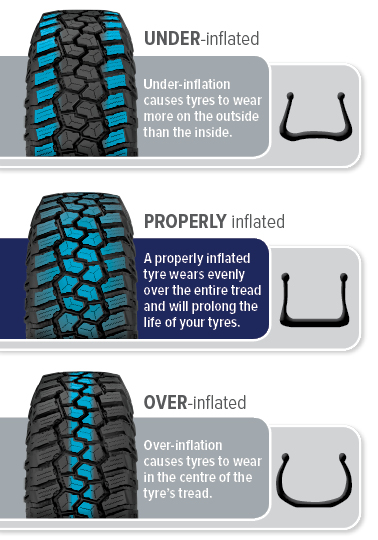
The 4 PSI Rule Applies to Bitumen Road Use Only
As a rule, the following can be used (for road use only): For passenger tyres, inflate your cold tyres to the recommended tyre pressure on your vehicle’s tyre placard*. Then to determine if you have the correct pressure for your current load, note down the cold tyre pressure reading. Drive for at least 20-30 minutes to ensure they have reached operating temperature and check again. Ideally, they should be 4psi above the cold pressure. For Light Truck and 4×4 tyres, use 6psi as a guide, but rough and corrugated roads cause more flexing, and your tyres may rise more than 4 or 6psi. In which case, applying this “rule” is not recommended.
*Beware of vehicle placards with recommendations below 30psi. Some older vehicles may still have lower pressures on the placard, which were used to “enhance” ride but resulted in poor tyre life and, in some circumstances, are dangerous.
Effect of Adjusting Tyre Pressures on the Size of a Tyre’s Footprint
This diagram illustrates the effect of reducing your tyre pressures on the size of the footprint of your tyres. Reducing pressures and increasing the size of your tyre’s footprint spreads the weight of your vehicle over a larger area, so when driving on sand, for example, your tyres will drive ‘over the top’ of the sand. If you maintain high pressures and a small footprint, your tyres are more likely to ‘dig down’ into the sand and even get you stuck. Reducing the pressure and increasing the size of your tyre’s footprint also increases traction in off-road conditions. Remember, whenever you lower your tyre pressure, re-inflate to the proper levels as soon as you drive back onto the bitumen or increase speed.

PRECAUTIONARY NOTICE:
*DISCLAIMER: This is a guide based on an average range of sizes, NOT a specific size or tyre. Narrow commercial-style tyres require higher pressures. You must consult your specific vehicle’s weight and tyre size. Lowering pressures may be necessary to get your vehicle through an extreme section of terrain or reduce tyre damage in off-road conditions. However, lowering tyre pressures below the manufacturer’s recommended pressure for your vehicle is at your own risk and judgement. Doing so could cause overheating and long-term tyre damage. So, you must drive slowly over obstacles and re-inflate your tyres to proper levels once your vehicle is returned to normal applications and conditions. All pressures are suggested for light truck construction tyres only and should not be advised to anyone driving on passenger construction tyres. Consult the manufacturer for recommended tyre pressures relevant to that brand.
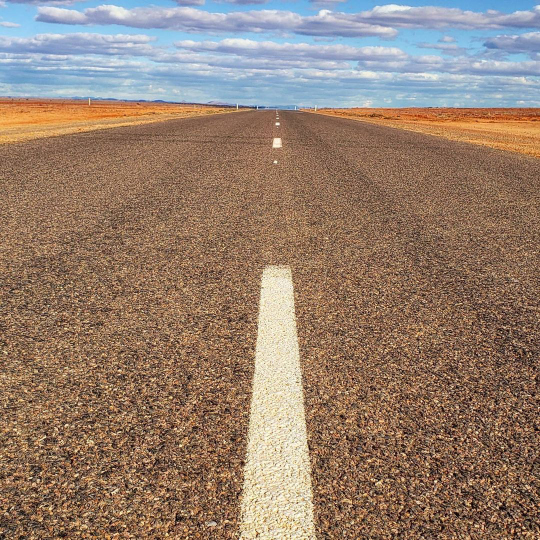
Tyre Pressure Guide for Different Terrains
Bitumen 32-38 PSI*
For standard size tyres, use pressures specified on your vehicle’s placard. Higher pressures will be required when carrying heavy loads.
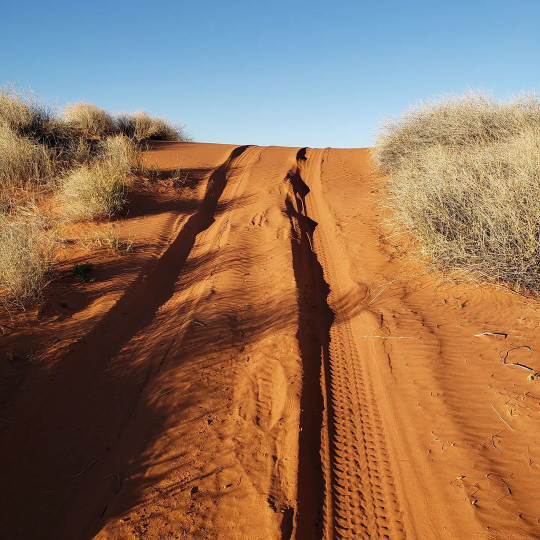
Tyre Pressure Guide for Different Terrains
Sand 18-26 PSI*
This depends on the depth and coarseness of the sand and the grade. Lower pressure increases the size of your tyre’s footprint, increasing its ability to stay on top of the sand instead of digging in, or its flotation characteristics.You want enough momentum to stay on top. Higher pressures will be required when carrying heavy loads. Sudden or heavy movements of the steering can be dangerous and speed needs to be appropriately reduced depending on the depth of the sand.
Sand can vary rapidly in patches. Sand can also build up a lot of heat in your tyres because you are running lower pressures for flotation and because of friction and wheel spin. So, you may need to rest your vehicle regularly. Out of all terrains and applications, sand creates the most constant resistance to tyres, gearboxes and motors.
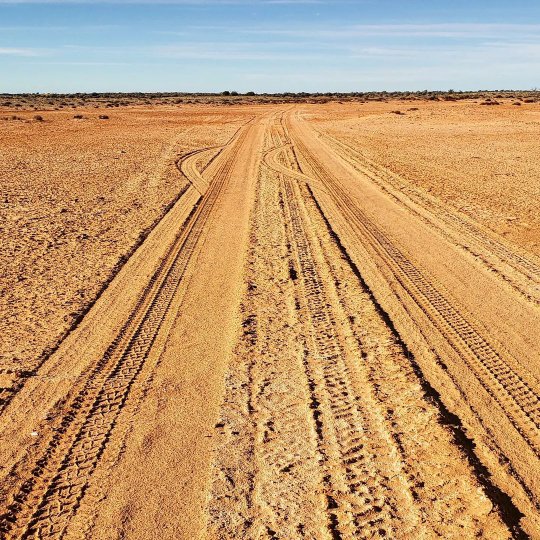
Tyre Pressure Guide for Different Terrains
Fast / Smooth Gravel 28-32 PSI*
If your tyre pressure is too low on this surface, you’ll lose steering response and stability, especially if you are driving fast. Higher pressures will be required when carrying heavy loads; when driving over corrugated roads, you should reduce your speed as heat builds up quickly on these roads.
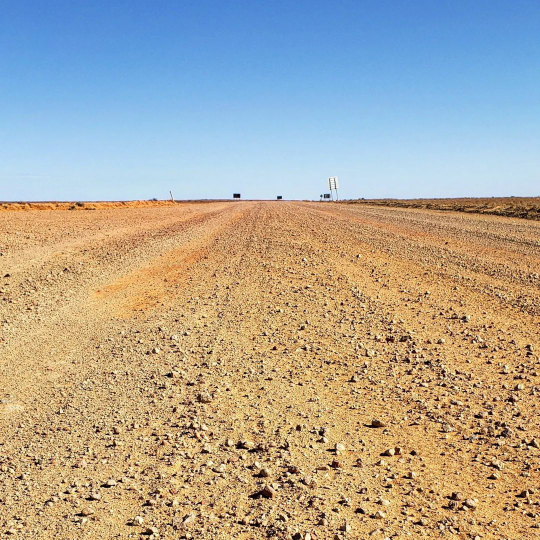
Tyre Pressure Guide for Different Terrains
Slow / Rough Gravel 24-28 PSI*
This depends on how slow, how rough and with what load. Keep in mind that the higher the speed, the more heat generated in the tyre according to your load and terrain being covered. High temperature in the belts of the tyre is not something you can always feel by hand either. Higher pressures will be required when carrying heavy loads.
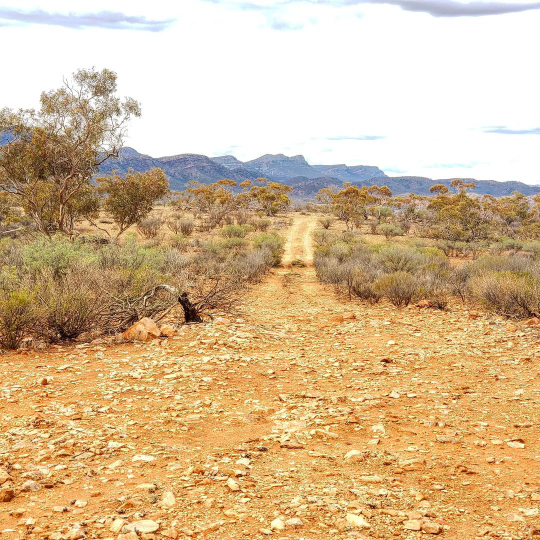
Tyre Pressure Guide for Different Terrains
Rocky Gravel / Rocks 20-26 PSI*
This is assuming that the going is very slow, driving in low range, and not generating a lot of heat in the tyre to improve its traction and flexibility over the obstacles without damaging the tyre. Higher pressures can be used, but the trade-off is more wheel spin and less grip. Very low pressures, around 18 psi and below, can create the risk of pushing the tyre off the bead of the rim and therefore, 20 psi is generally an acceptable minimum low-pressure limit for most sizes. Higher pressures will be required when carrying heavy loads.
Malleability or flexibility at low speed is what you want to achieve and improve traction without spinning your tyres and often shredding or chipping the tyres. Lowering tyre pressures will increase the size of your tyre’s footprint, which spreads longitudinally along the tyre, which is what you are trying to achieve for maximum traction.
Ever noticed how easy a balloon pops at higher pressures when it hits something, but when the balloon has low pressures, it’s harder to damage or pop? Same with tyres on rocks in most slow situations. Sidewall damage can be reduced by careful wheel placement, reducing your speed, and having the right tyre pressure.
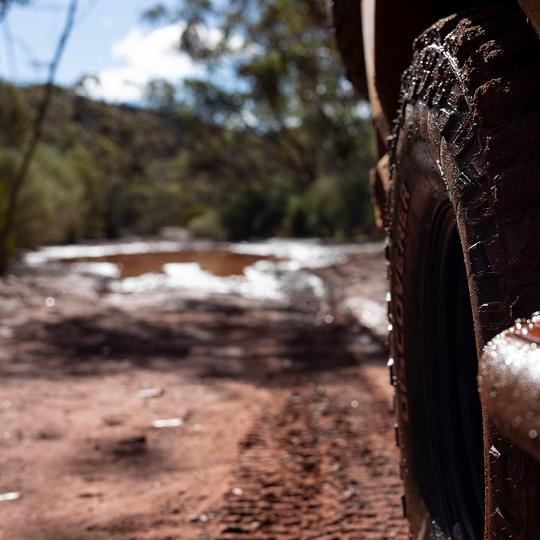
Tyre Pressure Guide for Different Terrains
Mud 22-28 PSI*
This depends on what sort of mud, the steepness of the slope and what sort of base you have under the mud. You may not even need to lower your pressures. If it’s thick mud, with a loose, deep base, lower pressures and less wheel spin is best, but you will need to maintain momentum. If the mud is watery and has a solid base, you can maintain momentum but never drive fast as you can lose control of the steering, damage engine components and the environment. Mud is the medium where you want enough momentum while maintaining traction without losing steering control and causing minimal damage to the track for others behind you or in the future.

